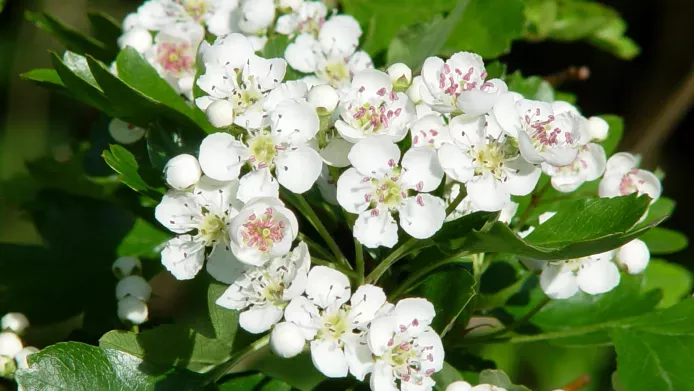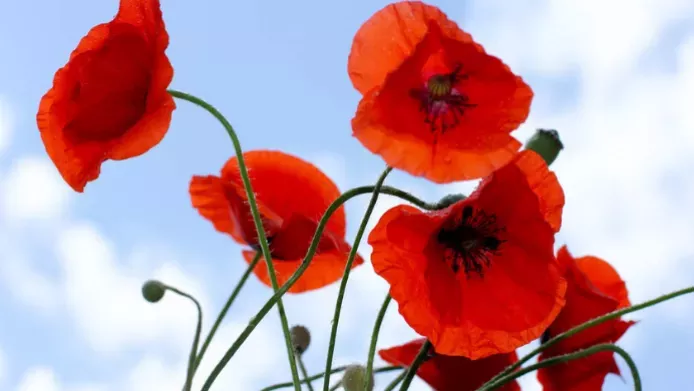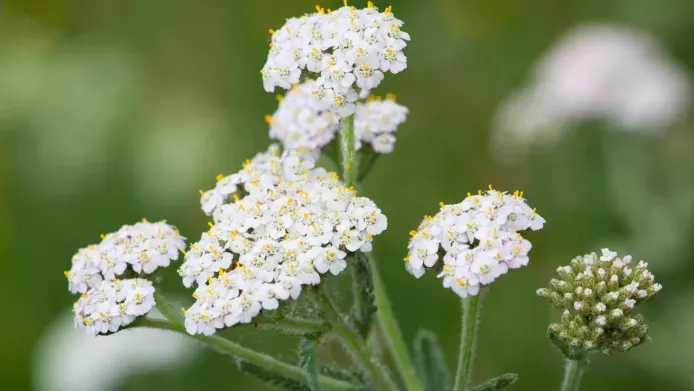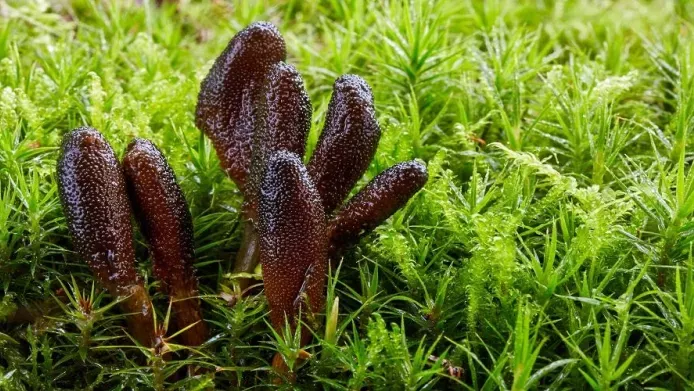We all know that flowers have long symbolised love, with red roses flying off the shelves around Valentines Day. For millennia people have called on the power of plants to navigate the trials of love, using them to concoct potions, gifts, and charms.
Discover which wild plants in the UK have been associated with love. Are any suitable for a modern-day love potion?
Love potions: a charming and dangerous history
Stories about love potions capture our imaginations again and again, from Harry Potter’s 'Amortentia' potion, to the Celtic legend of Tristan and Isolde, originating 1500 years ago.
In medieval tales, love potions were powerful or even toxic – often containing plants like mandrake (Mandragora officinarum) or deadly nightshade (Atropa belladonna), which contain high concentrations of scopolamine, inducing effects of intoxication, narcosis and memory-loss. Myth has it that plant-derived scopolamine (now known as ‘devil’s breath’) was the first ever truth serum, rumored to affect a person’s free will. While love potions with intoxicating ingredients might make for an intriguing tale, it’s safe to say that they do not work outside of fantasy, and they don’t end well for anyone involved.
 Deadly nightshade (Atropa belladonna) is native to Britain. Image © RBG Kew
Deadly nightshade (Atropa belladonna) is native to Britain. Image © RBG Kew
There are some less dangerous wild plants that have long been associated with love and attraction. From supposed aphrodisiacs like sea holly sweets, to Aphrodite’s wild marjoram, many wild plants have gained romantic names. Is it a coincidence that wild pansies got a reputation as a love potion ingredient, as well as being thought to treat ailments of the heart?
Although the mythical links between plants and love are not commonly known in the UK today, flowers are still front and centre when we think of romance. Floral scents such as rose and lavender are regularly used to create perfumes - perhaps the closest thing to love potions we see today.
UK plants associated with love

Wild marjoram is the same species as the Mediterranean herb we know as Oregano but develops a slightly different scent in the cooler climate of the UK.
The ancient Greeks believed Origanum vulgare to be a favourite of Aphrodite, the goddess of love and beauty. The plant has been associated with love potions, spells, and protection from unwanted attention.
In the Middle Ages wild marjoram was used in weddings to bring luck and happiness to the couple.

Wild pansy is also known as ‘love-in-idleness’, ‘heart’s ease’ or ‘come-and-cuddle-me’.
The herb is linked to love and romance in Greek and Roman mythology, and has been used in medical herbalism to treat various heart diseases, hence the name ‘Heart's Ease’.
Most famously, Shakespeare interlaced the link between love and pansies into his writing; wild pansy, or ‘love-in-idleness’, is the flower of his most famous love potion, used by Puck in A Midsummer Night’s Dream.
Find out more about wild pansies at: www.kew.org/wildpansy
Image
I came on that blue-headed plant
That lovers ate to waken love,
Eryngo, but I felt no want,
A lovesick swain, to eat thereof.- Andrew John Young (1885-1971), Eryngo.
Sea holly, also known as Eryngo, had a reputation in Elizabethan England as an aphrodisiac. The roots were boiled and covered in sugar to make a sweet, which was eaten to cure colds and “strengthen the spirit procreative”.
Colchester became famous for producing Eryngo, and 17th century herbals contained recipes for people to make their own Eryngo treatments.

Hawthorn is a member of the Rose family (Rosaceae), and a pagan symbol of love, fertility, and protection. It is strongly associated with Beltane, an ancient May-Day celebration of the sun and fertility.
Hawthorn carries a lot of magical power throughout Celtic mythology as it’s though to be where fairies live.
Its blossoms have been used as decorations, but it was often taboo to bring hawthorn inside, for fear it would cause illness and death. More recently it’s been discovered that decaying hawthorn smells of trimethylamine, the same chemical formed in decaying animal tissue.
The edible flowers, young leaves, and berries of hawthorn have been used in herbal remedies for heart issues.

Carum carvi is native to Europe and was introduced to the UK pre-1500s.
This ancient herb is associated with fidelity and used to be considered an essential love potion ingredient. It's known for offering protection from evil spirits, and used to be fedto pigeons to ensure they returned home.

Bay trees are not UK native, they are neophytes. The trees were historically planted in the UK for culinary use and have been naturalised in some wild places.
Legend has it that if you take five bay leaves and pin them to your pillow on the night before Valentine’s Day, then you will dream of your future partner, and be married within the year.
A 'neophyte' is a plant that was introduced to the UK by humans, accidentally or purposefully, after 1500.
'Naturalised' means that the plant has become established in certain locations in the UK, and can self-perpetuate in the wild.
British Library: St Valentine's Day customs - Untold lives blog
Hatfield, G. (2007) Hatfield’s Herbal: The Secret History of British Plants. London: Penguin Books.
Love and death in Wagner's Tristan und Isolde—an epic anticholinergic crisis . BMJ 2003;327:1469
Oxford University Plants 400: Eryngium spp
Radio Times: The Sweet Makers: Dr Annie Gray explains the history of British confectionary, from curry ice cream to sugared roses |
The Guardian: 'Devil's breath' aka scopolamine: can it really zombify you?
More from the blog




